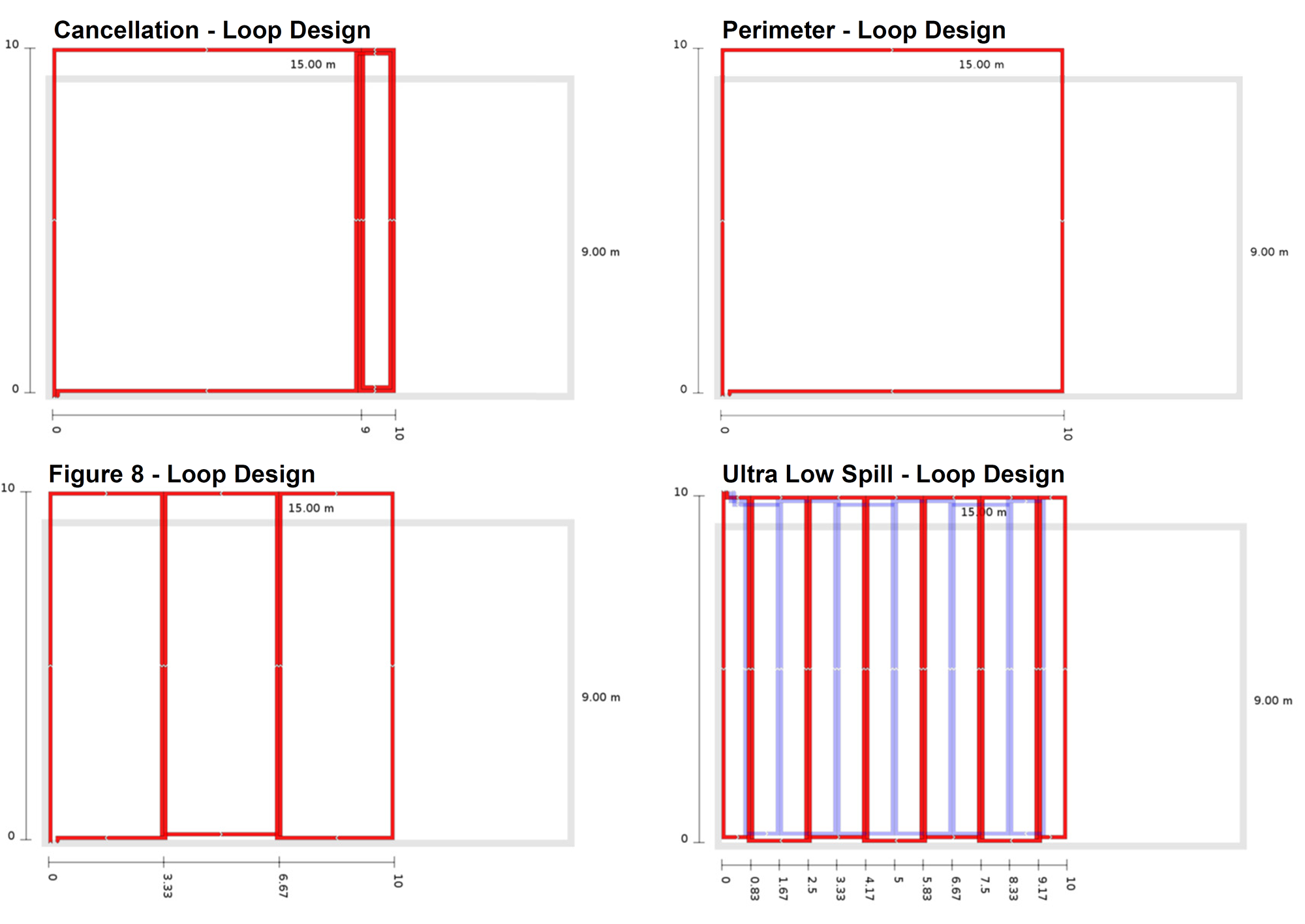
Hearing Enhancement System (Chapter 6.8)
With the implementation of BCA Code of Accessibility 2013, new buildings and those undergoing retrofit are to be designed to accommodate persons with disabilities. One of these requirements are to aid persons with hearing disability.
We provide consultation of the design of hearing enhancement systems and install them according to international induction loop standard IEC60118-4. Contact us for more details.
An Induction Loop, also known as a Hearing Loop or T-Loop, is an assistive listening system that provides access to facilities for those with a hearing impairment. It takes a sound source and transfers it directly to a hearing aid without background noise. The presence of an Induction Loop should always be indicated by the use of the sign on the right.

Univox, the world's leading producer of high quality induction loop systems, created the very first true constant current loop amplifier in 1969. Long-term dedication to R&D has positioned Univox at the forefront of the induction loop industry. A combination of high voltage, high current and durable products, along with a powerful on-line loop design tool, make Univox unparalleled in the world.
The Univox range covers the whole spectrum including counter loops, domestic loops, portable loop systems, professional perimeter, figure 8, low-spill and ultra low-spillloop systems, copper foil tape, warning tape, a very quick to use field strength meter and a listener/loop testing device.
The way an Induction Loop works is quite simple:
1) A sound source, such as a voice, TV, cinema sound system or other audio system is captured using a microphone or via a line out connection.
2) The sound signal is then connected to an Audio Induction Loop Amplifier which generates a current to pass the signal to an induction loop, usually made of copper tape or wire.
3) The copper wire induction loop (usually) surrounds the area where the listening audience is located and produces a magnetic field.
4) The magnetic field is picked up by the Telecoil (or T-coil) inside the hearing aid of hearing impaired members of the audience.
5) The hearing aid tailors the sound to the specific needs of the individual. Sound is delivered directly into the ear canal, without background noise and with the full spectrum of sound frequencies required for intelligibility.

https://univox.eu/wp-content/uploads/sites/2/2019/06/pls-6-br-gb-1.pdf
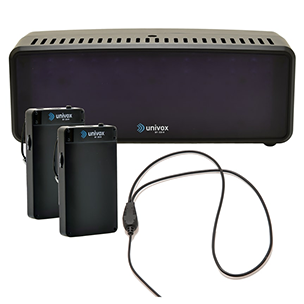
Univox launches IR system for assistive listening; transmitter with 72 diodes and pendant receivers designed to be used with T-coil neckloop or headphones.
Univox IR System is ideal for wireless, secure assistive listening in boardrooms, houses of worship, cinema theatres, courtrooms, elderly homes, auditoriums and class rooms etc. Univox infrared systems offer high quality audio with two mono channels or single channel stereo operation. The powerful transmitter features 72 IR-diodes for large coverage and high performance.
IR assistive listening system is quick and easy to install. It is ideal for applications where information security and overspill control are of importance.
Univox system advantages:
- Secure assistive listening
- Powerful 2 W transmitter to cover up to 400 m²
- Automatic gain control (AGC)
- Low weight, simple to use-receivers
- Receivers can be charged with standard USB chargers
- Receivers designed to be used with either Univox neck loop or headphones
Components
IR-1411 transmitter
IRR-1receiver
USB 5-slot charger
NL-90 neckloop
EM-201 headphones

https://univox.eu/wp-content/uploads/sites/2/2016/07/pls-x3-br-gb.pdf
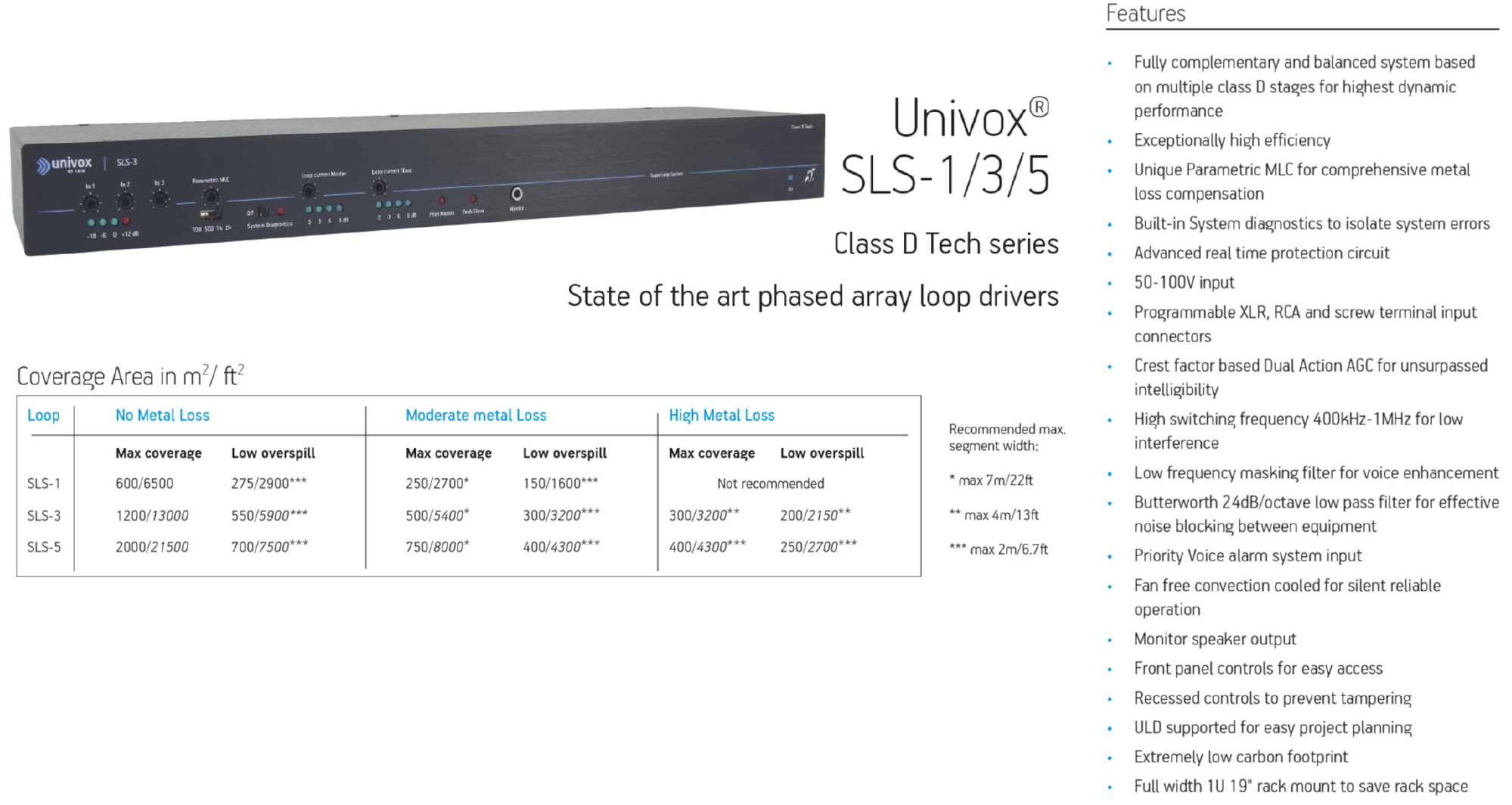
https://univox.eu/wp-content/uploads/sites/2/2017/02/sls-1-3-5-br-gb.pdf
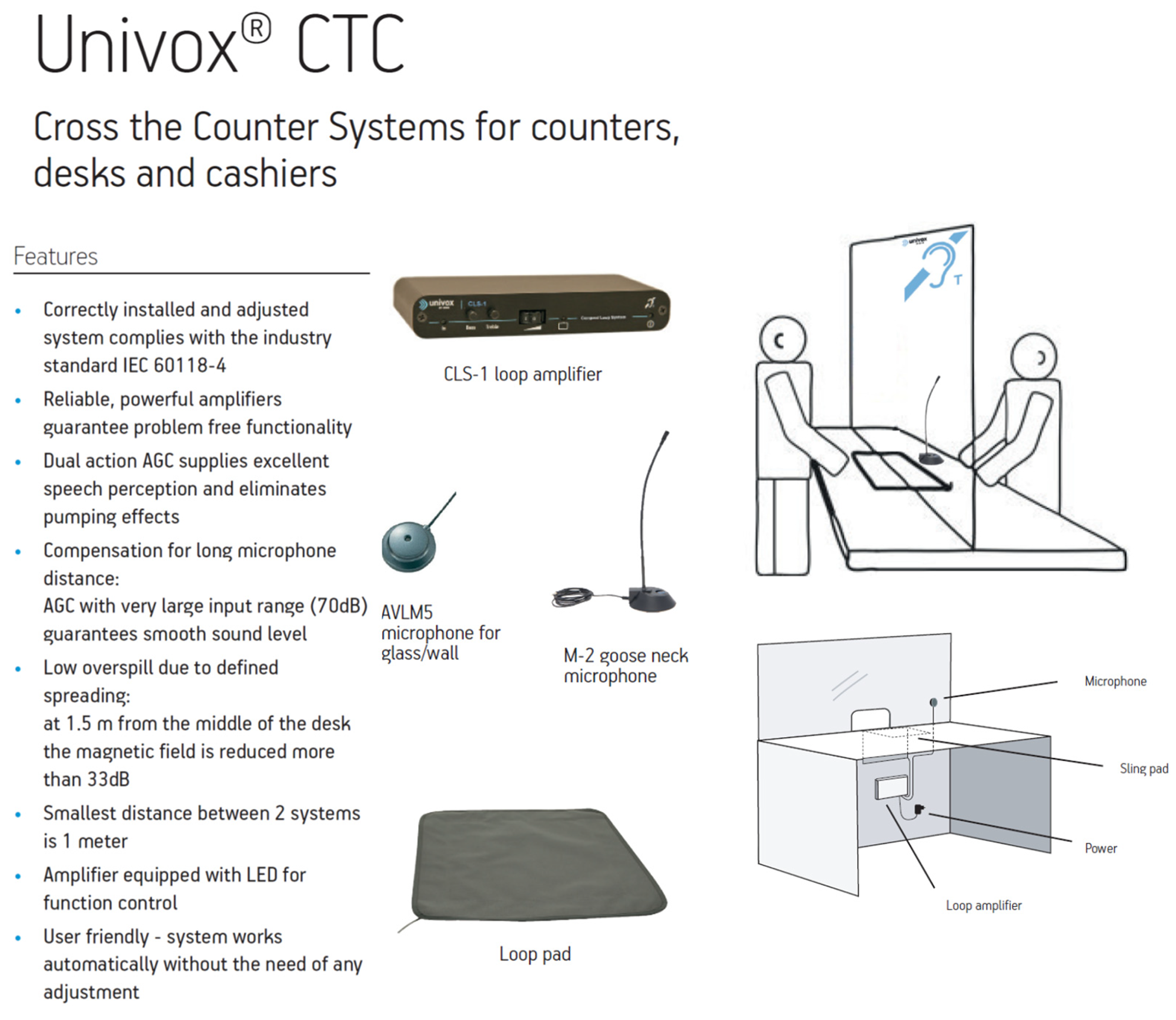
https://univox.eu/wp-content/uploads/sites/2/2016/07/ctc-br-gb.pdf

https://univox.eu/wp-content/uploads/sites/2/2019/01/smartloop-br-gb.pdf
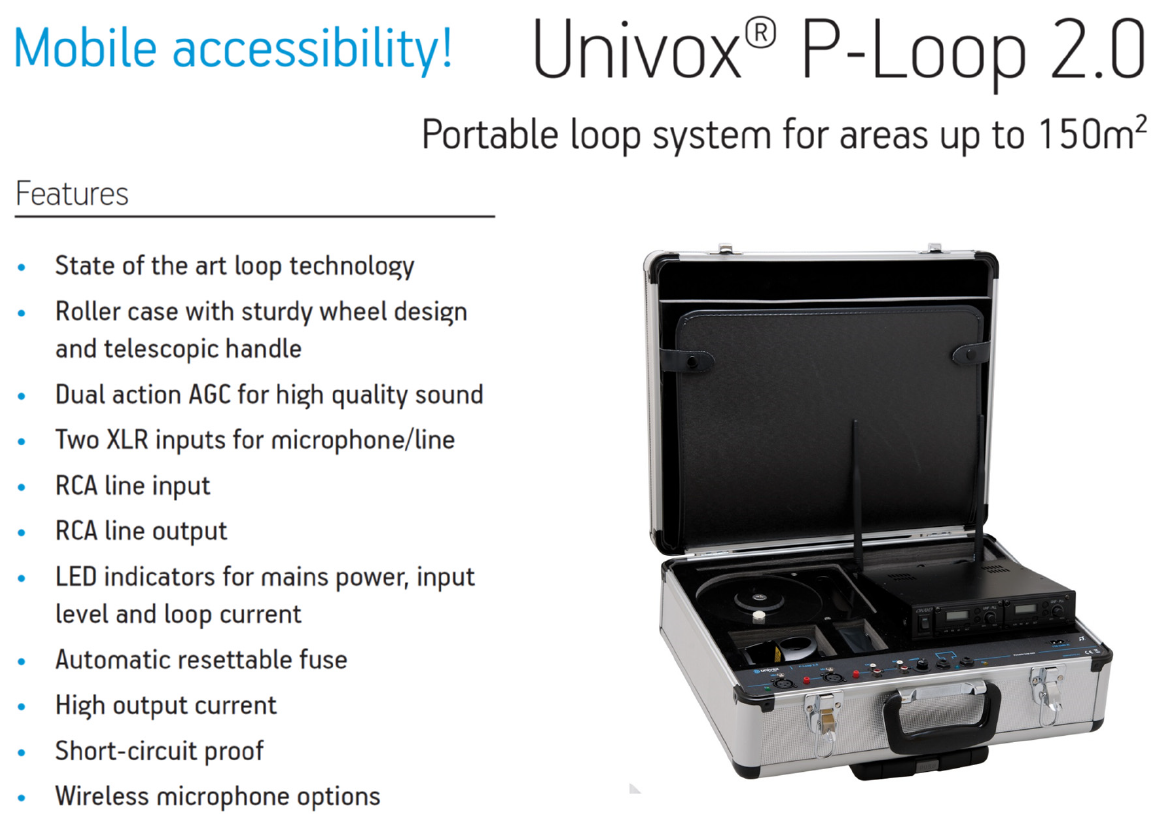
https://univox.eu/wp-content/uploads/sites/2/2016/07/p-loop-2-0-br-gb.pdf
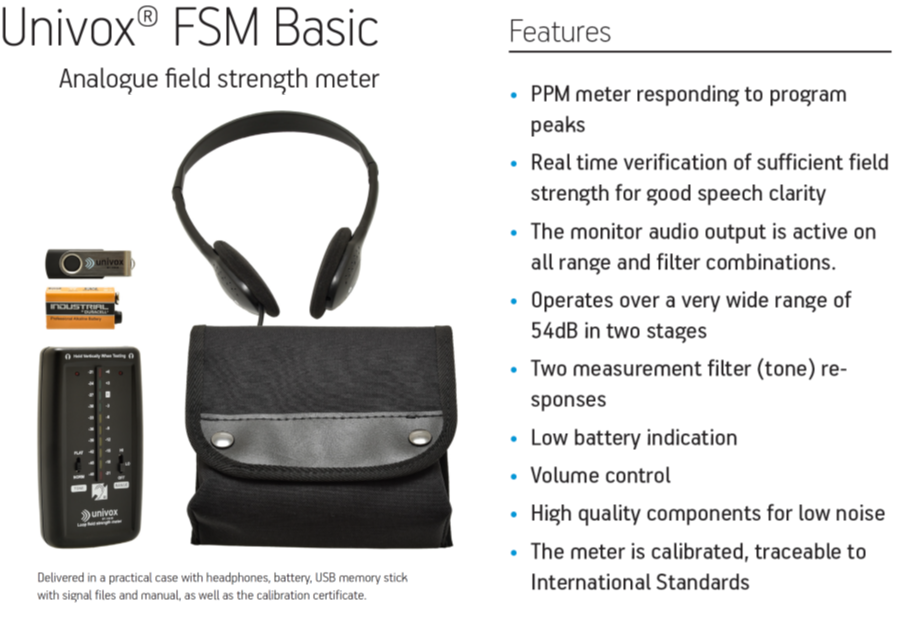
https://univox.eu/wp-content/uploads/sites/2/2018/05/univox-fsm-basic-br-gb.pdf

https://univox.eu/wp-content/uploads/sites/2/2016/07/listener-br-gb.pdf
Project References

Type of Hearing Induction Loops
